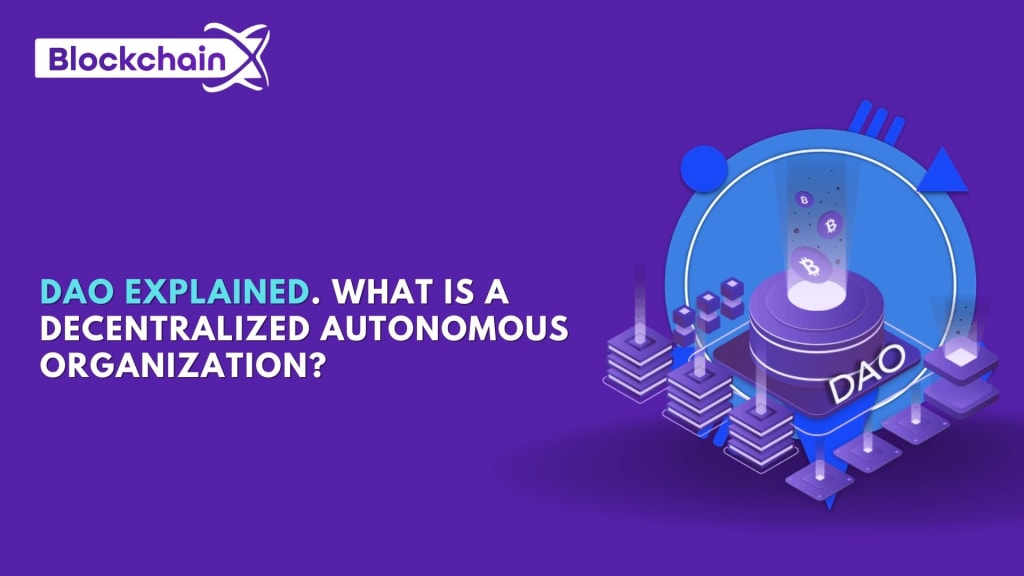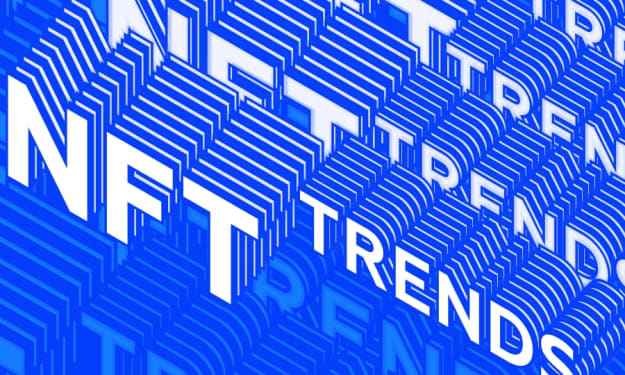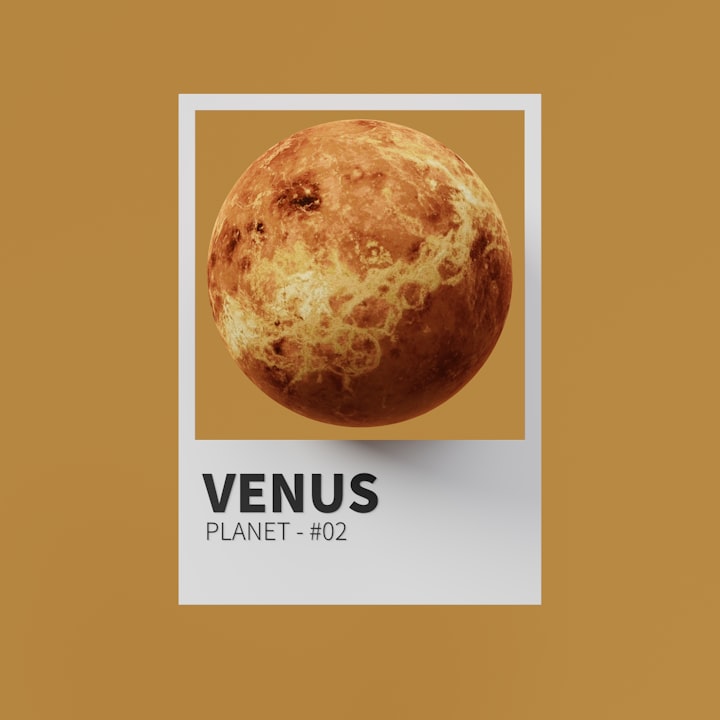
DAOs embed cooperation and collaboration into the DNA of many blockchain applications. However, for traditional DAOs, which also stand for Decentralized Autonomous Organizations, let’s face it, for most people it’s either completely ignorant or just another buzzword of the blockchain bubble . But the idea behind DAOs is relevant to all of us. Basically, DAOs are about finding new forms of organizing work and, more importantly, organizing collaboration. These new forms are based on the core idea of vision cooperation between stakeholders. In this context, topics such as stakeholder economies rather than shareholder economies, and ecosystems rather than centrally controlled platforms are better known. Decentralized autonomous organizations are now a particular form of how this cooperative principle can be implemented. Therefore, anyone who believes in a future where there will be hierarchical forms of cooperation between individuals as well as companies should study the idea of a DAO. For companies, new cooperation models are becoming more and more important. Are there lessons to be learned from DAOs? Blockchain Development company A peek behind the scenes will reveal the answer.
DAO stands for Decentralized Autonomous Organization, and let’s face it, to most people, it’s either completely unaware or just another buzzword from the blockchain bubble. But the idea behind DAOs is relevant to all of us. Basically, DAOs are about finding new forms of organizing work and, more importantly, organizing collaboration. These new forms are based on the core idea of vision cooperation between stakeholders. In this context, topics such as a stakeholder economy rather than a shareholder economy, and an ecosystem rather than a centrally controlled platform are better known. Decentralized autonomous organizations are now a particular form of how this cooperative principle can be implemented. Therefore, anyone who believes in a future where there will be a form of non-hierarchical cooperation between individuals as well as companies should study the idea of a DAO.
What is DAO?
In principle, the interpretation of the DAO comes from its name itself — “Decentralized Autonomous Organization”. As the name suggests, this is a form of organization, i.e.
is autonomous — meaning it has the ability to act independently and independently of individual internal and external actors.is decentralized — so decisions are made by consensus of members and are independent of a central location and leadership.
Every organization needs rules. A DAO’s set of rules is encoded in immutable software, so-called smart contracts. Smart contracts are the backbone of DAOs. To ensure the immutability and autonomous operation of this smart contract, it runs on a blockchain infrastructure. This transparent and tamper-proof decision-making ensures the fundamental principle of autonomous operation of the DAO.
No matter which member triggers an action in the DAO, it will always lead to the same result according to coding rules. The best way to compare this is to have an organization’s rules of procedure codified into software and written on the blockchain. Unlike the rules of procedure, which are recorded in paper form, the DAO’s smart contracts also do not allow any room for interpretation, which should reduce the chance of conflict among members.
Every organization needs members. The goal of the DAO is to create equal opportunities among all members. After the initial rules of the DAO are defined, the recruitment of members must begin. This usually works in the blockchain world by issuing tokens. As such, token holders are members of the DAO and, according to the coded procedural rules, can submit proposals, participate in voting, and share in the DAO’s tasks and successes. Voting is then conducted through a traceable program, which takes place in software.
The DAO as a framework for future cooperation
DAOs can be used for almost any form of collaboration. It can map collaboration between individuals just as it can map collaboration between companies.
E.g:
Co-financing of assets ( investment )
Coordination of jointly provided services ( cooperation )
Use of common resources ( sharing )
The biggest driver of DAOs is a change in the way we all live and work towards independence and self-determination. In the past, a full-time dependent job was “normal,” and today’s world of work is increasingly characterized by freelance work. Whereas in the past one’s radius of action was severely limited by office duties, today at least a portion of work can be taken for granted anywhere. In the past, buying and owning things was completely normal, and today simple use is more important than owning the product. All of these changes require and promote structures of cooperation and participation, from which the idea of DAOs was born.
DAOs — related to traditional businesses?
Currently, DAOs only exist in the cryptocurrency world. Mostly, they are used to coordinate the cooperation of individuals. But for companies in particular, the principles of DAOs represent a huge opportunity. With trends such as the sharing economy and increasing demand for connected services rather than isolated products, companies often only offer services as part of a network. Today, companies have two options. The most classic is the cooperation in the supplier relationship (supply chain). An alternative to this is a collaborative platform. However, in the platform economy, the aggregation of data and the associated information asymmetry brings the risk of market-dominated platform monopolies. DAOs, in their way of describing cooperation, which are neither controlled by one of the participants nor the operators of digital cooperation solutions, can provide an anti-pattern for this.
Wrapped DAOs — Your Path to Legitimate Compliance Organizations
In its basic concept, DAO anchors the principle of decentralized organization.
no level of control
Complete transparency of structure and rules
All members have equal opportunity, regardless of where and when to join
Build trust through security protection against manipulation
In these respects, they differ from classic organizational principles and are therefore often seen as alternatives to classic corporate and organizational forms.
About the Creator
Boopathi
Digital Marketer , SEO Analyst






Comments
There are no comments for this story
Be the first to respond and start the conversation.